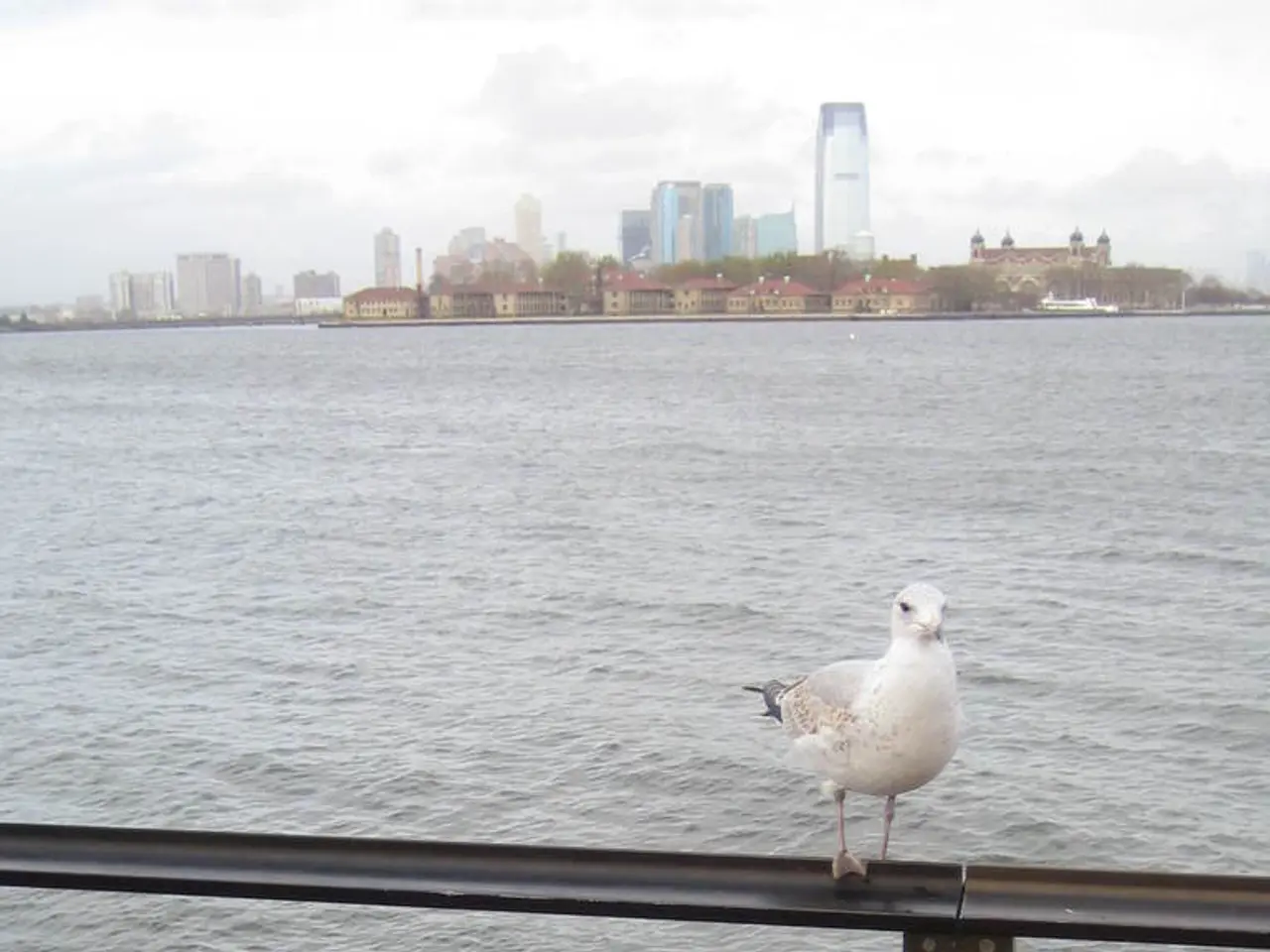Southern Africa's Cape weaver bird, currently not classified as endangered, might fall victim to the global wildlife trade, according to a recent study.
In a groundbreaking study, researchers have shed light on the vast scope of the global wildlife trade, revealing that the current databases underestimate its breadth significantly. The study, which focuses on land-dwelling species, found that approximately 20% of these species are traded, a figure that represents around 40 to 60% more than previously thought.
The wildlife trade encompasses a diverse range of activities, from the demand for exotic pets and furs to tusks and other animal products. Today, wildlife can be transported from Africa to East Asia by air or sea, with the potential for railroad transport becoming another option in the future, opening up new avenues for the trade.
The researchers developed a computer model to predict which species might be included in the global wildlife trade market in the future. Among the species poised to join the trade, according to the analysis, are birds, various finches and weavers, horseshoe bats, and beaked toads.
However, the study did not include reptiles, although they are frequently involved in the wildlife trade. Indonesia, for instance, emerges as a trading hot spot for birds, but not necessarily due to its higher diversity of bird species compared to other areas.
The study also highlights the plight of certain species threatened by the wildlife trade, such as the pangolin and the helmeted hornbill. Approximately one in five land-based vertebrate species are traded internationally, with one in four mammal species, one in eight bird species, and one in ten reptile species being among those traded.
The new predictive model can't account for all the factors that help shape global trade markets, such as speed and ease of transport. Susan Lieberman, vice president of international policy for the New York-based Wildlife Conservation Society, emphasises the need for more attention on amphibians and birds not currently listed in CITES.
The study, which focused only on certain species for which robust, consistent data were available, excluded fish, turtles, and crocodiles from its scope. The authors hope their findings will help policymakers decide which vertebrate species require further attention and conservation resources.
The wildlife trade can put intense pressure on desired species quickly, unlike threats such as habitat loss or climate change. The study's co-lead author, Brett Scheffers, expresses his hope that their findings will serve as a call to action for conservation efforts, ensuring the survival of the diverse and precious species that make up our planet's biodiversity.








